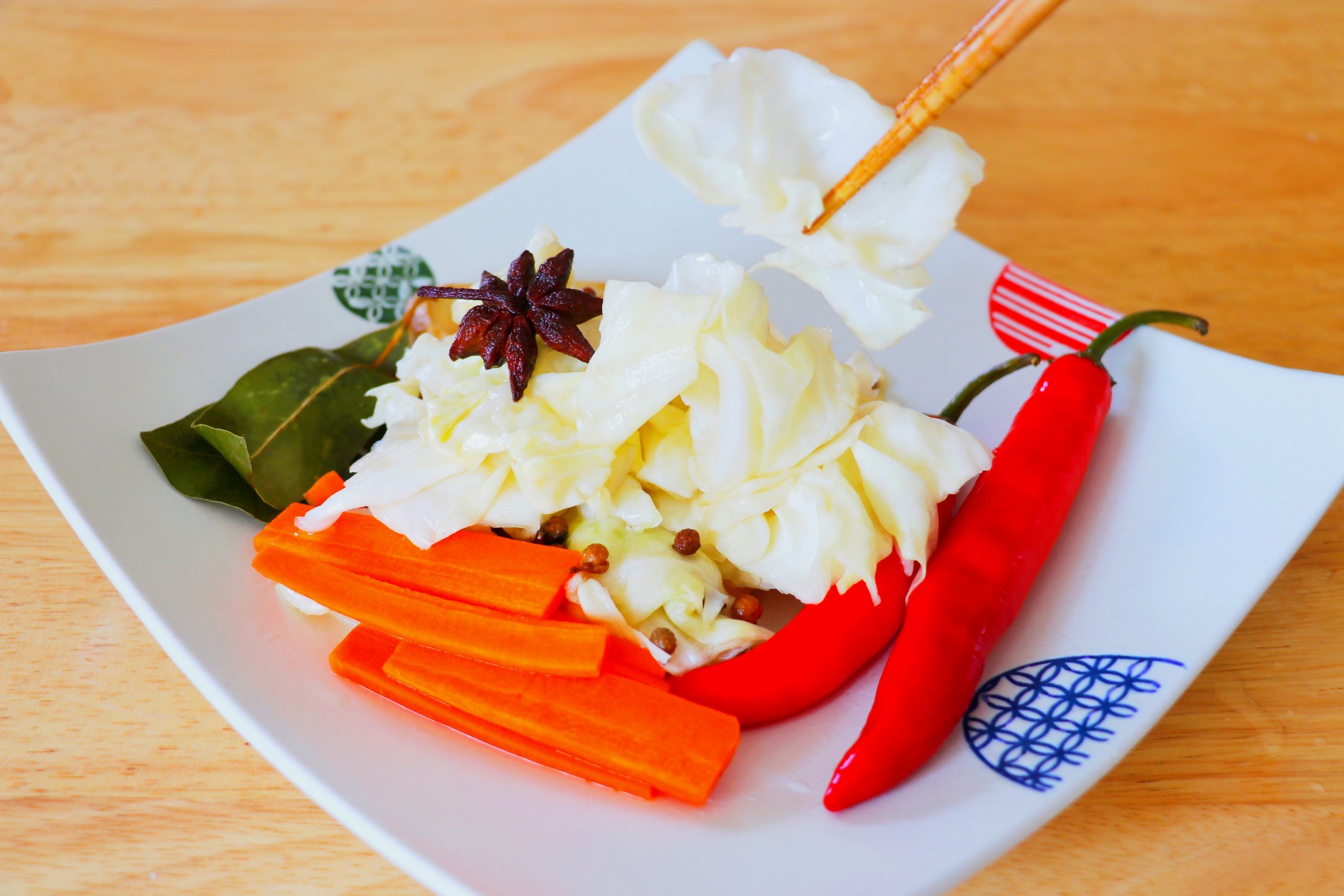
Chinese Fermented Pickled Cabbage Recipe
Fermented Chinese pickled cabbage aren’t just delicious, but it’s also a great source of vitamins and probiotics.
Chinese Fermented Pickled Cabbage Recipe
1/2 (1 pound) Taiwanese flat cabbage, halved, sliced into 1 inch strips
1 medium carrot, peeled, cut into 1/2 inch strips
4 red pepper chilies
4 cups cooked water, room temperature
2 tablespoons salt
4 tablespoons sugar
4 tablespoons rice wine
1 tablespoon Sichuan peppercorns
2 pieces star anise2 bay leaves
2 slices ginger

- First, before anything, we want to wash all the ingredients with room temperature cooked water. (We use cooked water to prevent harmful bacteria that might spoil our pickles in the next few days.)
- Cut the cabbage in halves. Then cut out the end. Slice it into 1 inch strips.
- Peel the carrot. Cut it into 2-inch pieces. Cut in halves. Then cut into strips.
- To make the pickle brine, in a clean bowl, add 4 cups of room temperature cooked water. (My container is only for 2 cups, but I will add an additional 2 cups of water later.) (Again, we use cooked water to prevent harmful bacteria that might spoil our pickles in the next few days.) Add the seasonings: salt (make sure that the salt we use is the one without iodize. Because iodize will make the veggies turn dark in the upcoming days.) sugar, rice wine, Sichuan peppercorns, star anise, bay leaves, ginger. Mix. It’s okay the salt and sugar don’t dissolve completely.
- To put everything in a jar, first, sanitize the jar by pouring boiling water into it. Then discard. Add in the cabbage, carrot, red pepper chilies, and the bine. Add 4 cups of water. Shake to let the air out. Add additional room-temperature cooked water to cover everything, so there’s no air in the jar. Cover the jar.
- Put it, under the shade, under room temperature for the next 5 to 10 days. We didn’t add any vinegar in here, because acidity and the sour taste will come out naturally from the fermentation process in the upcoming days. After 5 days, you can sample it, once it reaches the acidity level you like. You can transfer the jar into your fridge. You can store it in the fridge for up to 3 months.
Related Recipes
You may also like


15-Min Stir-Fried Tomato & Egg Recipe
July 12, 2025

30-Min Char Siu Pork Belly Recipe—No-Oven Needed!
July 4, 2025

10-Min Crispy Rice Paper Seafood Omelet Recipe
June 27, 2025
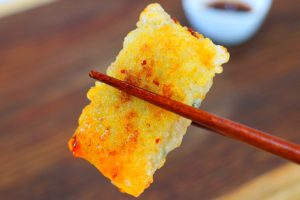
Crispy Rice Paper Chicken Dumplings
June 20, 2025

10-Min Crispy Salt and Pepper Shrimp Recipe
June 13, 2025

Crispy Chicken Spring Roll Pockets
June 6, 2025
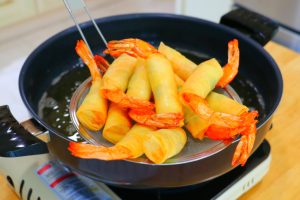
25-Min Crispy Shrimp Rolls
May 16, 2025
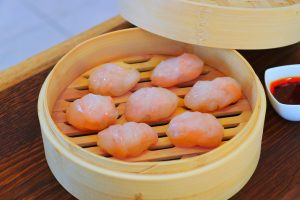
15-Min Rice Paper Shrimp Dumplings
May 2, 2025

20-Min Soy Garlic Chicken Recipe
April 25, 2025

7-Min Shrimp and Egg Stir-Fry Recipe
April 18, 2025

19-Min Chicken Green Bean Stir Fry Recipe
April 11, 2025

25-Min Cashew Chicken Recipe
April 4, 2025
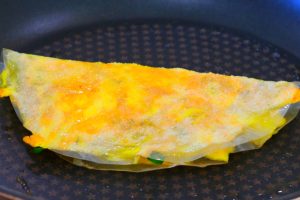
5-Min Rice Paper Omelet Recipe
March 28, 2025

30-Min Char Siu Chicken Recipe (No Oven Needed)
March 21, 2025
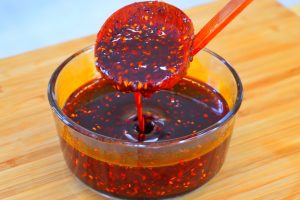
5 Min Chili Oil Recipe
March 14, 2025

5-Min Egg Fried Rice Recipe
March 12, 2025

Crispy Seaweed Rolls with Rice Paper
March 7, 2025

Crab Egg Foo Young Recipe
February 28, 2025

Beef and Broccoli Lo Mein Recipe
February 21, 2025
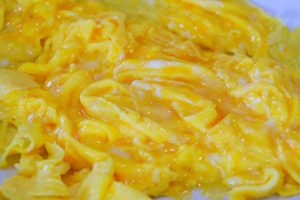
2-Min Chinese Scrambled Eggs
February 14, 2025

Chicken Lumpia Recipe
February 7, 2025

5-Min Seaweed Egg Drop Soup Recipe
January 31, 2025

Shrimp and Pork Potstickers (Pan-Fried Dumplings)
January 29, 2025

Fantastic News: Shen Yun Performing Arts 2025
January 18, 2025

Follow CiCi on Gan Jing World!
January 17, 2025
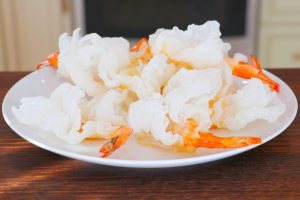
Crispy Shrimp Chips with Rice Paper
January 15, 2025

Chinese Braised Fish Recipe
January 10, 2025

The Surprising Truth About Shen Yun That Nobody Tells You
January 1, 2025
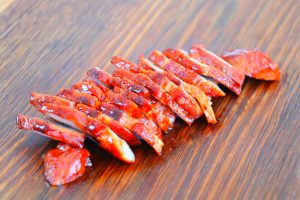
30-Min Char Siu Pork Recipe (No Oven Needed)
December 27, 2024

